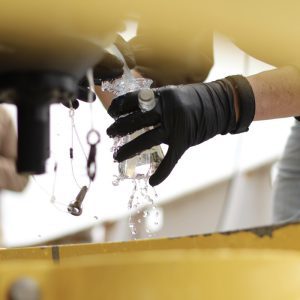Federal Funding Opportunity: Regional Ocean Acidification Observing Optimization Study
The NOAA/OAR/Ocean Acidification Program (OAP) is soliciting proposals for studies investigating ocean acidification monitoring strategies that would offer an observing system design that best characterizes and tracks ocean acidification within U.S. Large Marine Ecosystems (LMEs) optimized towards characterizing the conditions most relevant to ecologically and economically important marine species.








